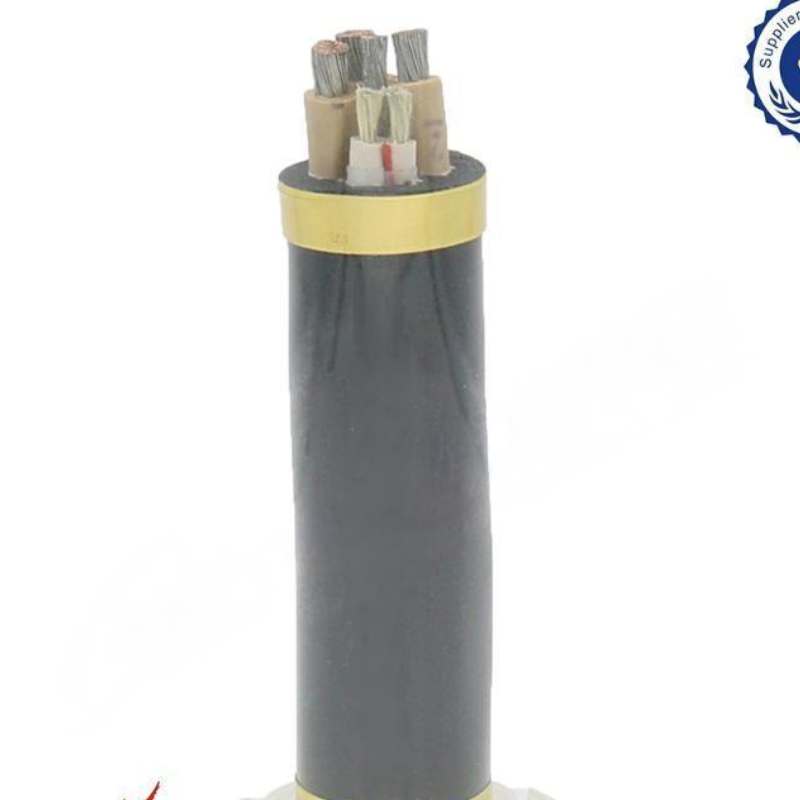9 月 . 07, 2024 13:47 Back to list
Wafer Type Butterfly Valve Dimensions | Comprehensive Guide
Understanding Wafer Type Butterfly Valve Dimensions
Butterfly valves are essential components widely used in various industries for regulating fluid flow. Among the many types of butterfly valves available, the wafer type stands out due to its compact design, ease of installation, and cost-effectiveness. Understanding the dimensions of wafer type butterfly valves is crucial for engineers and professionals involved in fluid control systems, as it ensures the proper selection and installation of these valves in pipelines.
What is a Wafer Type Butterfly Valve?
A wafer type butterfly valve is a valve that consists of a circular disc (the “butterfly”) mounted on a rotating shaft. This design enables the disc to rotate a quarter turn, either fully opening or closing the valve. Unlike flanged butterfly valves, wafer type valves are sandwiched between two flanges in a pipeline, which helps save space and reduces the amount of materials required for their installation.
Key Dimensions of Wafer Type Butterfly Valves
When working with wafer type butterfly valves, several dimensions need to be considered to ensure compatibility with existing pipelines and to guarantee optimal performance. The key dimensions include
1. Face-to-Face (F-F) Dimension This dimension refers to the distance from one end of the valve to the other, measured parallel to the flow direction. It is critical for ensuring that the valve fits correctly between flanges in a pipeline.
2. End-to-End (E-E) Dimension Similar to the face-to-face dimension, this measurement indicates the overall length of the valve, including the thickness of the body. It is essential for determining how much space the valve will occupy within the piping system.
wafer type butterfly valve dimension

3. Diameter The nominal diameter of the valve is essential as it corresponds to the size of the pipe it will be installed in. Proper sizing ensures that the valve can handle the expected flow rates without causing unnecessary pressure drops or flow restrictions.
4. Thickness The thickness of the valve body must also be assessed, particularly if the application involves high-pressure or high-temperature fluids. A thicker body can provide greater strength and durability.
5. Bolting Pattern The bolt hole pattern on the wafer type butterfly valve is vital for securing the valve between flanges. This pattern must align with the flanges to ensure a proper seal, preventing leaks in the system.
Importance of Accurate Dimensions
Selecting the correct dimensions for wafer type butterfly valves is vital for several reasons. Inaccurate measurements can lead to installation difficulties, increased wear on the valve, and ultimately, system failures. Engineers must assess the specific requirements of their applications, considering factors such as pressure, temperature, and fluid characteristics to choose the appropriate valve dimensions.
Conclusion
In conclusion, wafer type butterfly valves are integral components in fluid management systems, known for their efficiency and compact design. Understanding the critical dimensions of these valves not only aids in their proper installation but also optimizes the overall performance of piping systems. By paying close attention to face-to-face dimensions, end-to-end lengths, diameters, body thicknesses, and bolting patterns, professionals can ensure that they select the right valve for their specific requirements, ultimately enhancing the reliability and efficiency of their operations.
Share
-
Understanding the Differences Between Wafer Type Butterfly Valve and Lugged Butterfly ValveNewsOct.25,2024
-
The Efficiency of Wafer Type Butterfly Valve and Lugged Butterfly ValveNewsOct.25,2024
-
The Ultimate Guide to Industrial Swing Check Valve: Performance, Installation, and MaintenanceNewsOct.25,2024
-
Superior Performance with Industrial Swing Check Valve: The Essential Valve for Any SystemNewsOct.25,2024
-
Industrial Swing Check Valve: The Ideal Solution for Flow ControlNewsOct.25,2024
-
You Need to Know About Industrial Swing Check Valve: Functionality, Scope, and PerformanceNewsOct.25,2024